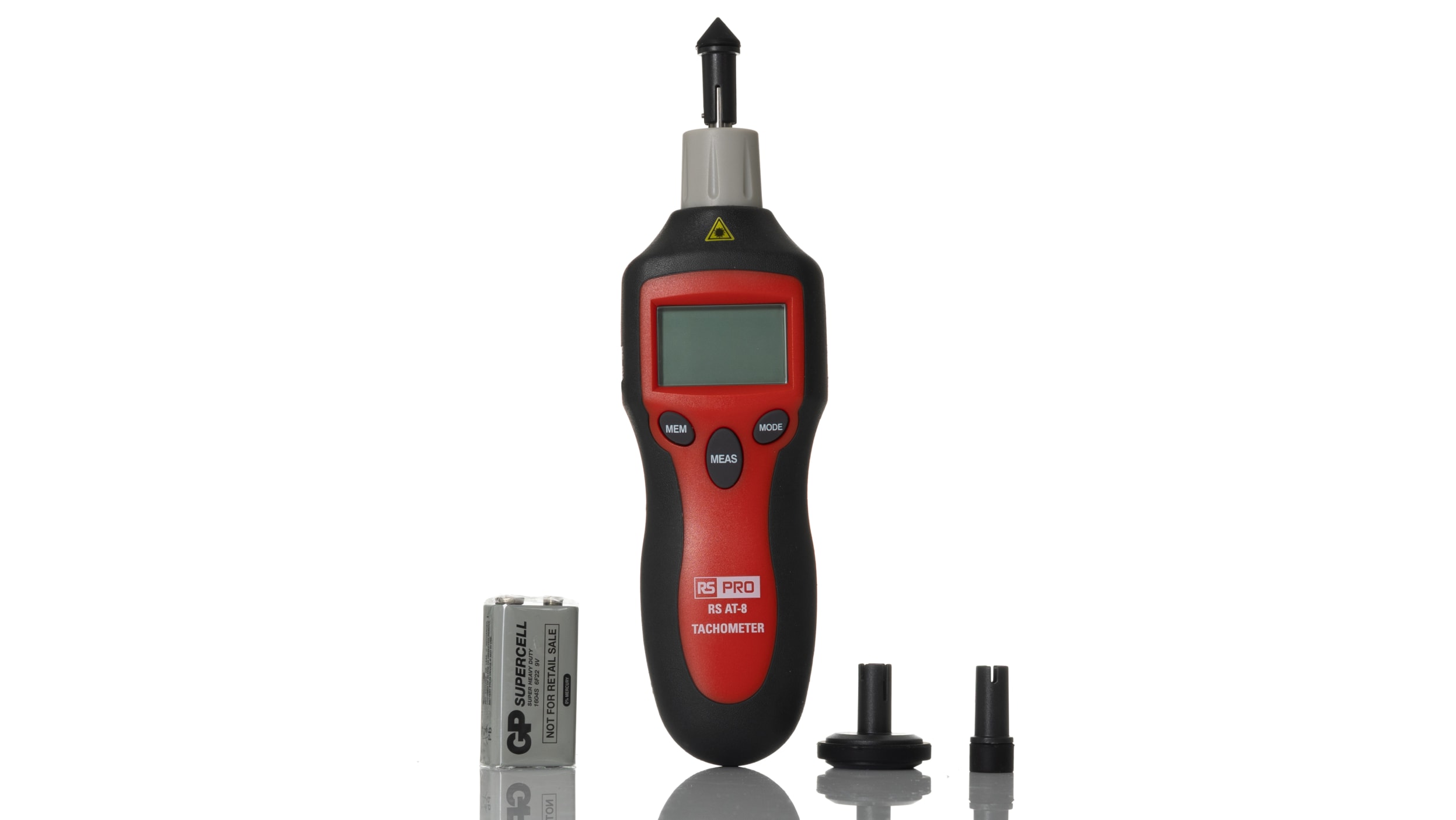Opening the Secrets of Tachometers: Everything You Required to Find Out About This Vital Instrument in Your Automobile
Recognizing the complexities of tachometers can give important understandings right into your vehicle's performance and upkeep requirements. From determining engine rate to figuring out the data it provides, tachometers work as a critical tool for car owners and lovers alike. By untangling the enigmas behind this important instrument, you can unlock a riches of details that can boost your driving experience and make certain the longevity of your vehicle.
Significance of Tachometers
The relevance of tachometers depends on their capability to supply critical real-time information concerning an engine's rotational rate, allowing for precise monitoring and maintenance of machinery. By measuring the revolutions per min (RPM) of an engine's crankshaft, tachometers offer valuable insights right into the engine's efficiency - tachometer. This information is crucial for making certain that the engine runs within its optimum array, preventing prospective damage from over-revving or underperforming
Tachometers play an important role in helping operators and technicians detect any kind of abnormalities in the engine's rate, which might indicate issues such as gas ineffectiveness, mechanical problems, or extreme pressure on the engine. By promptly determining these problems through tachometer analyses, upkeep can be done proactively, avoiding costly repairs and downtime in the future.
In addition, tachometers are especially essential in high-performance vehicles and equipment, where exact control over engine speed is essential for ideal operation. Competing cars and trucks, aircraft, and commercial devices depend on tachometers to supply peak performance while maintaining safety and security requirements. In essence, tachometers are not simply instruments for gauging speed yet important tools for making certain the smooth and effective procedure of engines across numerous applications.
Exactly How Tachometers Measure Engine Rate
Utilizing sensors that find the regularity of electrical pulses produced by the engine's ignition system, tachometers properly gauge the rotational speed of an engine. By keeping track of the rate at which these pulses are obtained, tachometers provide real-time feedback on exactly how quick the engine's crankshaft is revolving per minute, typically referred to as transformations per min (RPM)
The tachometer's sensing unit, typically attached to the engine's ignition coil or ignition system wires, picks up the electrical signals created each time a cyndrical tube fires. These signals are after that exchanged RPM analyses presented on the scale or tool cluster within the driver's view. Tachometers can be analog or digital, with modern cars frequently including electronic screens for exact and rapid RPM analyses.
This details is critical for drivers to understand the engine's performance, prevent over-revving, optimize gear shifting, and ensure reliable gas intake. By properly gauging engine rate, my latest blog post tachometers play a vital duty in helping vehicle drivers run their lorries securely and successfully.
Analyzing Tachometer Analyses
Having a clear understanding of just how tachometers measure engine rate establishes the foundation for properly interpreting the RPM analyses displayed. Translating tachometer analyses is essential for optimum vehicle efficiency and engine wellness. When the engine is idling, the tachometer needle usually relaxes around 600-1000 RPM, depending on the vehicle.


Tips for Utilizing Tachometers Effectively
To improve driving performance and optimize engine efficiency, what trick techniques can be applied for effectively using tachometers? Tachometers are crucial tools that supply real-time feedback on engine speed, allowing drivers to make informed choices for far better performance - tachometer. Right here are some ideas for making use of tachometers efficiently:
Comprehending Optimum RPM Range: Familiarize yourself with the ideal RPM (Changes Per Min) range for your car. This variety varies in additional reading between various vehicles and is normally shown in the proprietor's manual. Keeping the engine within this range can enhance fuel effectiveness and lengthen the engine's life-span.
Shifting Gears at the Right Time: Use the tachometer to determine the most effective time to shift gears. Upshifting too early or too late can cause lowered performance and efficiency. Purpose to change equipments when the RPM gets to the ideal variety for the next equipment.
Keeping Track Of Engine Tension: High RPMs for prolonged periods can stress the engine. Maintain an eye on the tachometer to stop over-revving, particularly during velocity or when lugging heavy loads.
Tachometers and Vehicle Upkeep
When considering automobile maintenance, tachometers play a vital role in checking engine performance and identifying prospective concerns. Tachometers offer crucial information on engine rate, enabling motorists and mechanics to guarantee that the engine is running within the suggested RPM array.
In addition to identifying prospective concerns, tachometers can also help in maximizing fuel effectiveness. By maintaining the engine speed within the ideal array, drivers can enhance their gas mileage and lower fuel usage. This not just profits the chauffeur's budget yet also contributes to ecological preservation by lowering damaging exhausts.
Conclusion
